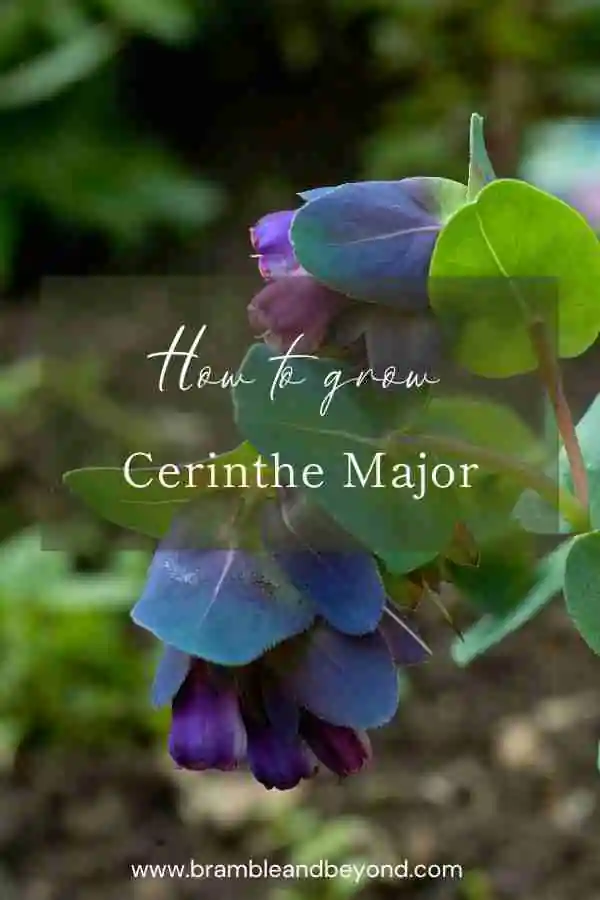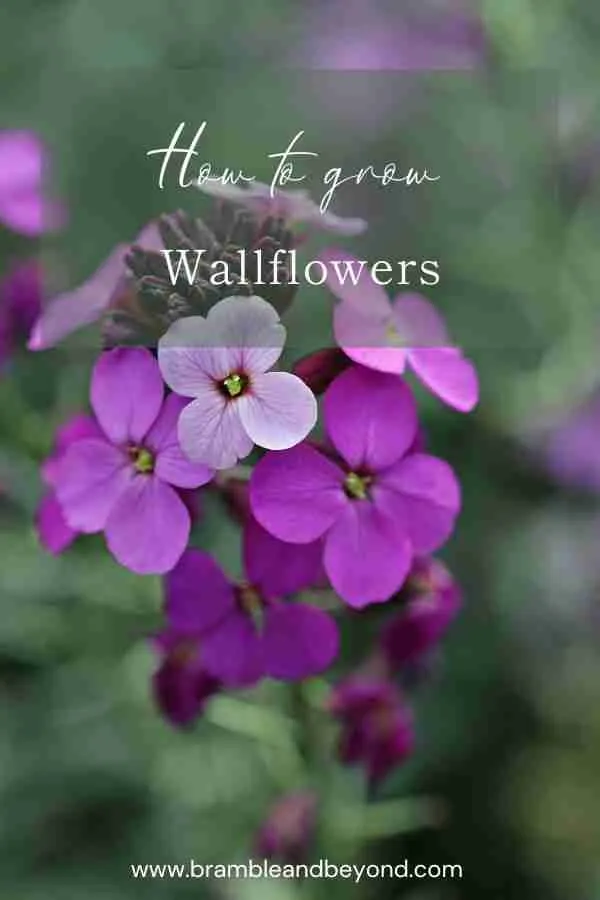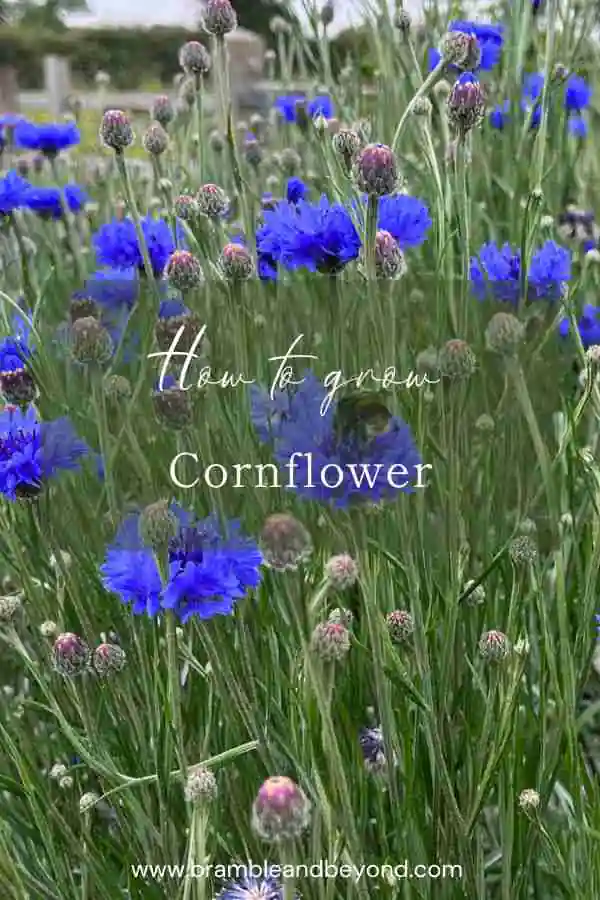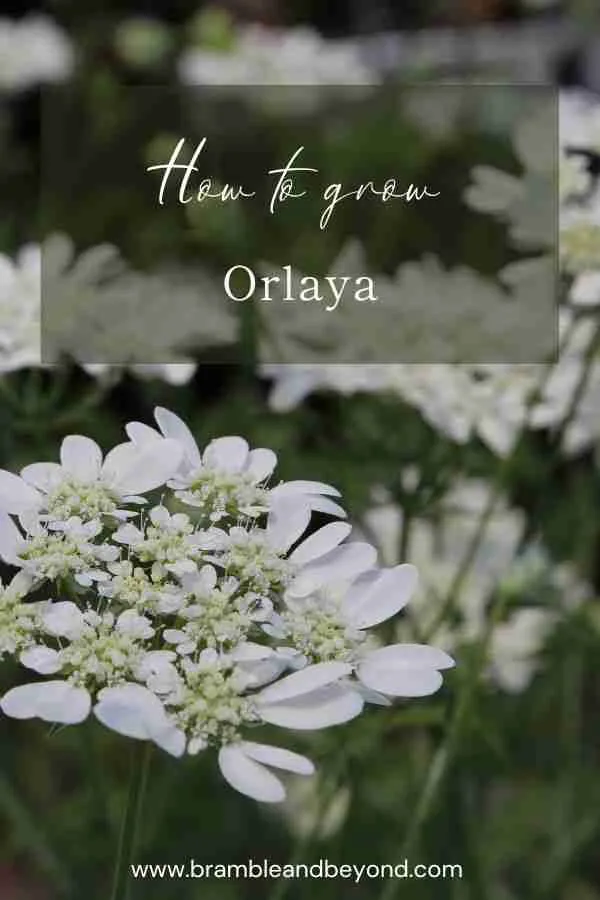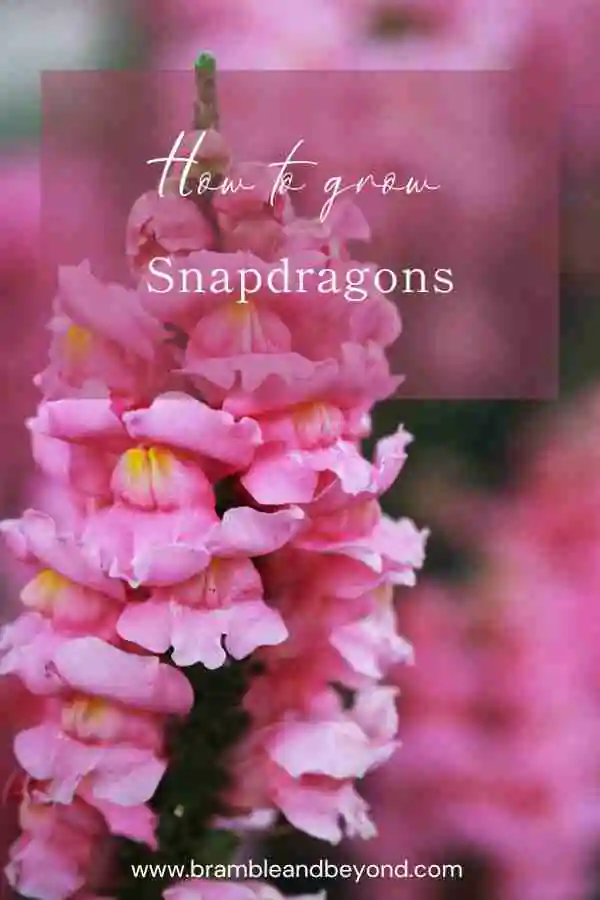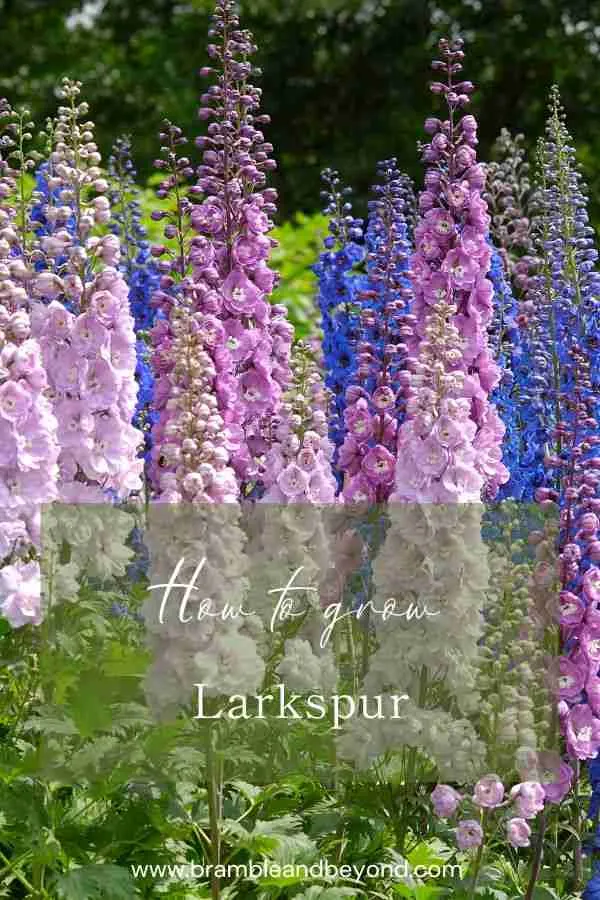Disclosure: This post may contain affiliate links, meaning I get commission if you decide to make a purchase through my links, at no cost to you. Please read my Affiliate Disclosure for more information.
Cerinthe major forms a staple in flower arranging acting both as a filler or foliage. It has fleshy, blue-green leaves with drooping purple bell shaped flowers with yellow stamens. If they like their location they will easily self-seed and flower year after year. Let’s my explain a bit more about how to grow cerinthe major.
What is Cerinthe Major
Cerinthe major, also known as honeywort, is a versatile and beautiful hardy annual plant. If you are interested in creating a cutting garden then it provides both filler and foliage in floral arrangements. However, it is a lovely plant to edge flower garden borders in its own right.
This unique plant belongs to the genus Cerinthe and is known for its fleshy, blue-green leaves and distinctive drooping purple bell-shaped flowers with yellow stamens.
If Cerinthe major likes its position in your garden it easily self-seeds, so can easily appear to flower year after year. With the right growing conditions, this plant can add a touch of elegance and charm to any garden or indoor space.
To successfully cultivate Cerinthe major it loves to sit in full sun, but other than that it is pretty easy going.
I find the plants that are self sown are a stronger and better plant than those sown undercover.

How to grow Cerinthe Major:
- Start seed indoors in trays 6 weeks before last frost; transplant out after all danger of frost has passed.
- Sow in the Autumn for flowers the following early Summer, or in the Spring for flowers later in the season.
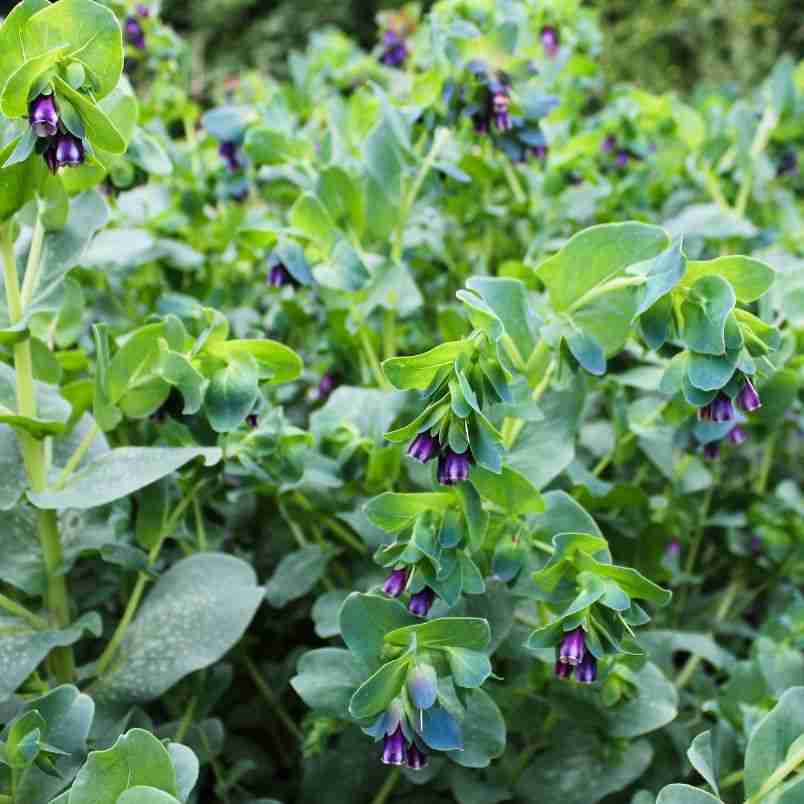
Plant details:
- Plant type: hardy annual
- Height: 60cm
- Site: full sun
- Sowing depth: 5mm
- Germination: 14-28 days
- Temperature: 15-20°C
- Days to maturity: 65-70 days
- Plant spacing: 23-30cm
- Pinch: not necessary
- Staking: yes
- Drying: yes
- Approx seeds per packet: 20
Please note we pack the majority of our seeds by weight so the number of seeds indicated is only an approximation.
Currently, I sell our seeds, and other bits and bobs, through Etsy, so the link below will direct you there.
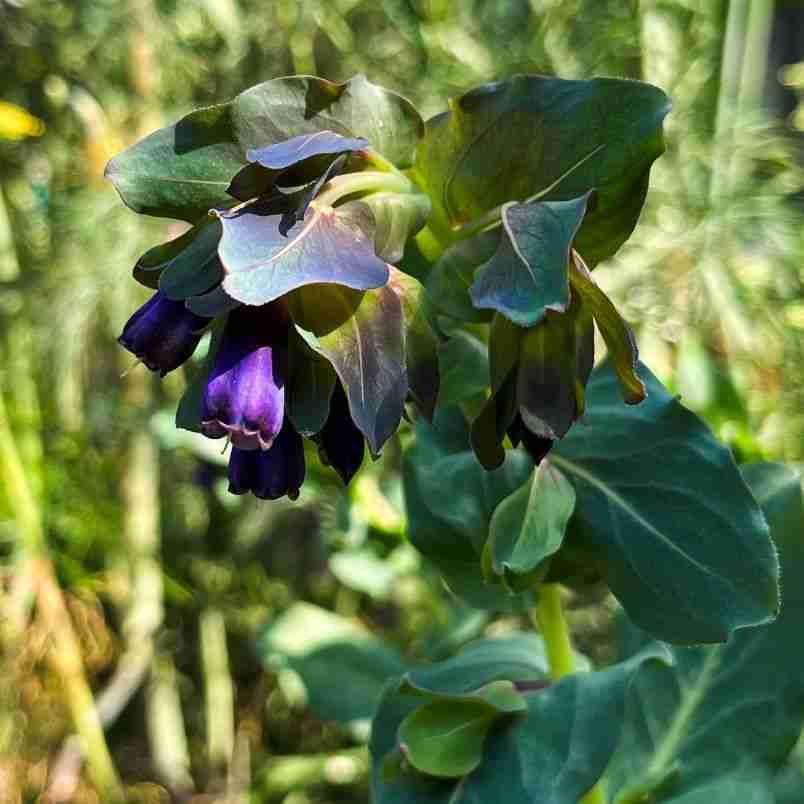
Harvesting and vase life:
- Harvest once flowers are fully formed on arched stems, but before seeds start to form.
- Be sure to cut during the coolest part of the day to minimise wilting.
- Immediately after harvest, sear the bottom few inches of the stems in boiling water for 7 to 10 seconds, then place into cool water.
- Expect a vase life of 7 to 10 days.

